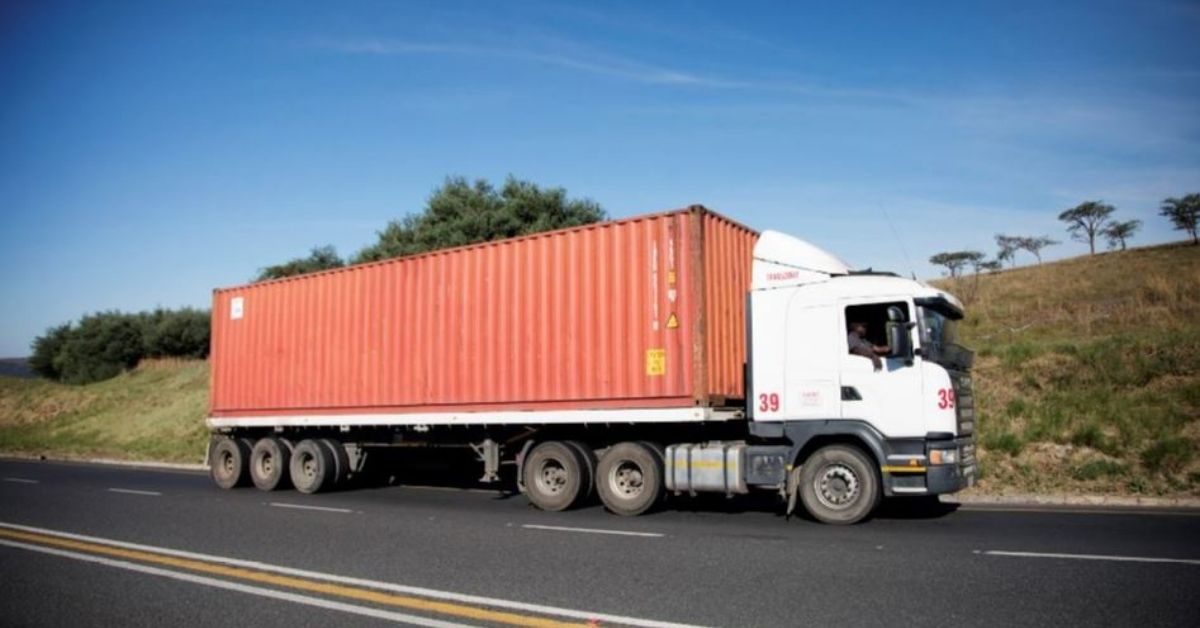The Union Budget 2022-23 that Minister of Finance Nirmala Sitharaman is scheduled to present on February 1 holds a special relevance for the logistics sector, especially as it comes against the backdrop of a rising Omicron threat.
The speed at which the highly infectious virus is spreading could throw the critical industry off gear. After two pandemic-ridden years, the sector has lately shown some encouraging signs. It reported a strong recovery in H2 FY2021, with a 9% sequential growth in Q4 FY2021, says rating agency ICRA.
According to the Logistics Skill Council, the Indian logistics sector is valued at $150 billion, contributing 14.4% of the country’s GDP. Further, the road logistics market in India is expected to grow at a compound annual growth rate of 8 % in four years, to reach $330 billion by 2025, says consulting firm Redseer.
Industry observers say the sector needs the right set of incentives and support measures to accelerate its recovery. Without support, the sector that keeps trade and commerce moving could get jammed. Sitharaman’s budget for 2022 could be instrumental in catalysing the economic momentum for the sector, say stakeholders.
Yogesh Patel, Chief Finance Officer of Mahindra Logistics Ltd, says the budget should further the push from the government for domestic manufacturing. With that, the logistics sector would need to be ready for increased levels of service integration, higher growth in fulfilment logistics and increased adoption of multi-modal transportation. “We expect the budget to focus on strengthening logistic and related infrastructure and expedite connectivity projects in various economic zones.
This would help reduce logistics cost and time taken for delivering goods, leading to improved productivity. The government should also make a firm move on the National Logistics Policy (NLP) in this year’s budget. It will further the positive impact on the nation’s logistics industry. This will also help to increase warehousing capacity and identify areas for standardisation and optimisation,” Patel adds.
Industry observers maintain that to make India a $5-trillion economy — which is the Modi government’s vision — it is necessary to introduce policy initiatives to accelerate the development of an integrated logistics ecosystem. Such an ambitious plan has been in the works for quite some time now. Since the pandemic struck the country, not much concrete headway has been made in this regard, say experts. The upcoming budget is expected to contain measures to push reforms and increase supply chain efficiency to ultimately cut down logistics cost.
Ravi Jakhar, Chief Strategy Officer of Allcargo Logistics, says the government should propose measures to ensure continued focus on developing logistics infrastructure and multimodal connectivity. “The government should allocate funds for developing multi-modal logistics parks to drive logistics efficiency in the country. The budget should propose significant incentives for adopting green logistics to reduce environmental impact. It should also announce capital subsidies for constructing grade -A warehouses in smaller towns to support the development of efficient distribution centres. There should be more concrete proposals in the budget for building agri-supply chains to support farmers,” says Jakhar.
With budget 2022 on the horizon, stakeholders in the logistics domain find it the opportune moment to nudge the government to take specific measures that can make them competitive against their Chinese counterparts. For decades, China has been focussing on ramping up its logistical infrastructures at an unprecedented pace. While such a focus has yielded great dividends for the neighbouring economy, it led to non-competitive positioning for Indian logistics players across markets. One way the country could change the status quo would be by thinking big and planning for the long haul, experts say. They add that budget 2022 should contain long-term measures aimed at these bottlenecks.
Madhu Ranjan, AGM of Seashell Logistics, says as a shipping company, it expects the government to facilitate container manufacturing in India at a large scale. “For this, the budget should make provisions to change the tax structure for the shipping industry so that more shipping lines can operate from India. Shipping is associated with many clearance procedures at ports for exports, which leads to an increase in transport cost. The government should realise the intensity of this challenge and ease the clearance process to enable smoother operations,” Ranjan says.
Lately, the government has been planning extensive rail connectivity to ports from the interior parts of the country. While these initiatives are much needed, Ranjan wants the government to complete these projects on a priority basis to reduce transportation costs and make our exports competitive.
Logistics platform COGOS says it expects the finance minister to make some announcements to address the sharp variability in GST rates across states. “There’s a need to bring all energies and fuels under GST to reduce the variations across states and reduce the cost of fuel. As a logistics player, we expect a Credit Guarantee Fund Trust for Micro and Small Enterprises (CGMST) expansion to new-age firms and startups to provide a reduced cost working capital. For integrated logistics we are also looking forward to a comprehensive national logistics policy along with the Gati Shakti programme,” says Prasad Sreeram, Founder and CEO, COGOS Technologies.
For a growing economy like India, it is vital to reduce logistics costs to boost export competitiveness at a time when global firms are moving their manufacturing facilities to India to de-risk global supply chains. The logistics industry is hoping that Sitharaman’s much-anticipated budget would contain a slew of measures to enhance logistics competitiveness and infrastructure development to help the country turn into a global manufacturing hub.
Source : Economic Times






